Category: biotech/medical – Page 2,616
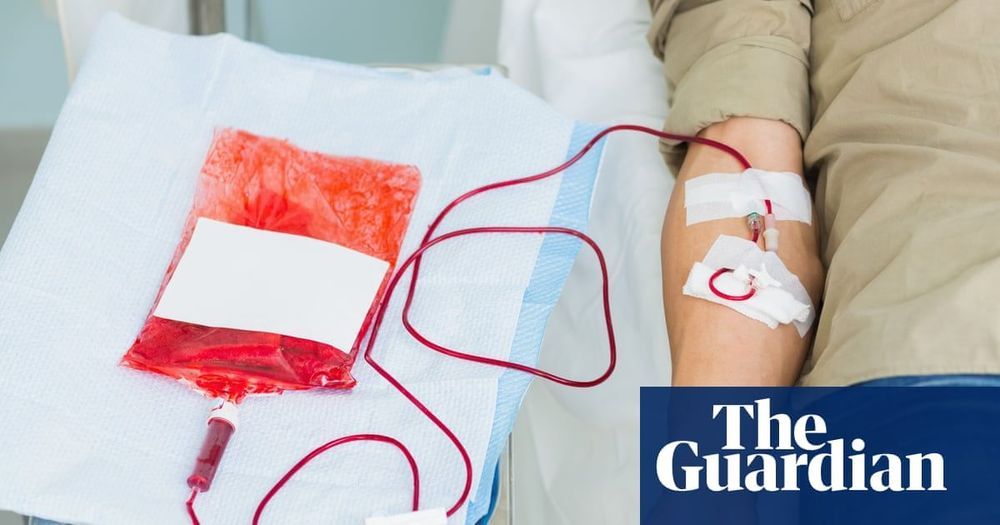
Is Silicon Valley’s quest for immortality a fate worse than death?
Besides that, everyone living much, much longer would cause many other problems. Where do the children of these centenarians live?
Until workable life-preserving technology is available, immortality enthusiasts are also obsessed with staying healthy – some fast on certain days, others watch calories, most exercise – so they are around long enough to benefit from emerging anti-aging science.
In 2019, the quest for everlasting life is, largely, though not always, more scientific. Funded by Silicon Valley elites, researchers believe they are closer than ever to tweaking the human body so that we can finally live forever (or quite a bit longer), even as some worry about pseudoscience in the sector.
Scientists and entrepreneurs are working on a range of techniques, from attempting to stop cells aging, to the practice of injecting young blood into old people – a process denounced as quackery by the Federal Drug Administration this week.
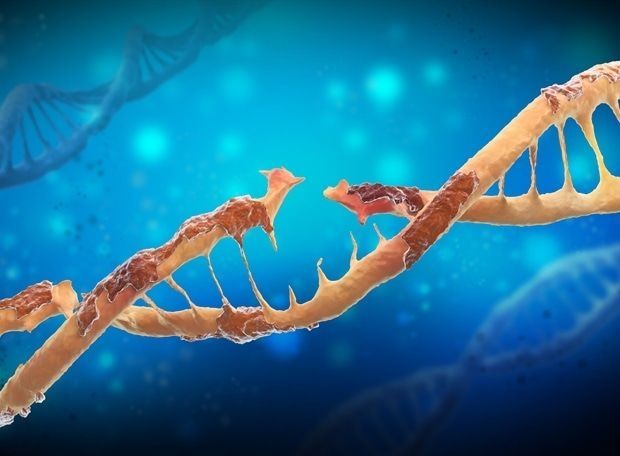
Study finds specific mechanism that protects cells from natural DNA errors
What is less known is that a more problematic source of DNA damage is normal cellular processes such as DNA replication. These cannot be avoided because they are inevitably in action every time cells divide. The scale of this problem is best illustrated by realizing that our bodies are made up by successive divisions of trillions of cells, all originating from a single fertilized egg. Every day, a quarter of a trillion cells in the adult human body continue to divide to replenish old or damaged tissue. Amongst the multitude of DNA damage incurred during each such cell division process, the most dangerous are those that can be passed on from mother cells to newly born daughter cells. This inherited DNA damage is the true ‘enemy within’ that cannot be simply avoided by changing one’s lifestyle.
Researchers from the University of Copenhagen have identified a specific mechanism that protects our cells from natural DNA errors — an ‘enemy within’ — which could permanently damage our genetic code and lead to diseases such as cancer. The study has just been published in one of the most influential scientific journals, Nature Cell Biology.
Researchers from the University of Copenhagen have discovered a mechanism that gives human cells a chance to stop piling up mutations cells replicate and divide in the body. The discovery could prove to be very useful in the development of new treatments against diseases caused by changes in human DNA such as cancer.
To limit harmful changes in the genetic code that may lead to potential diseases, the cells in our body rely on a natural defense mechanism. The new study shows how specialized proteins engulf and protect the damaged DNA and ‘escort’ it until the damage can be repaired. The researchers discovered that this process relies on precise timing and meticulous control inside the cells.
Using 1 germ to fight another when today’s antibiotics fail
NEW HAVEN, Conn. (AP) — Bacteria lodged deep in Ella Balasa’s lungs were impervious to most antibiotics. At 26, gasping for breath, she sought out a dramatic experiment — deliberately inhaling a virus culled from sewage to attack her superbug.
“I’m really running out of options,” said Balasa, who traveled from her Richmond, Virginia, home to Yale University for the last-resort treatment. “I know it might not have an effect. But I am very hopeful.”
Pitting one germ against another may sound radical, but it’s a sign of a growing global crisis. Increasingly people are dying of infections that once were easy to treat because many common bugs have evolved to withstand multiple antibiotics. Some, dubbed “nightmare bacteria,” are untreatable. Now scientists are racing to find novel alternatives to traditional antibiotics, a hunt that is uncovering unusual ways to counter infection, in unusual places.
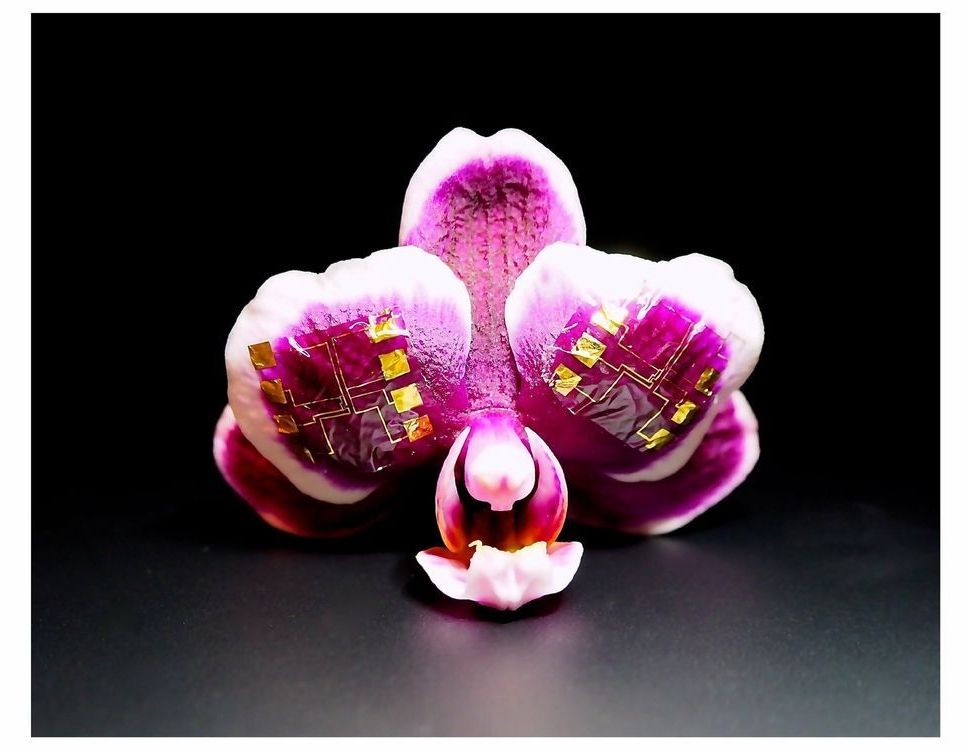
Fast, flexible ionic transistors for bioelectronic devices
Many major advances in medicine, especially in neurology, have been sparked by recent advances in electronic systems that can acquire, process, and interact with biological substrates. These bioelectronic systems, which are increasingly used to understand dynamic living organisms and to treat human disease, require devices that can record body signals, process them, detect patterns, and deliver electrical or chemical stimulation to address problems.
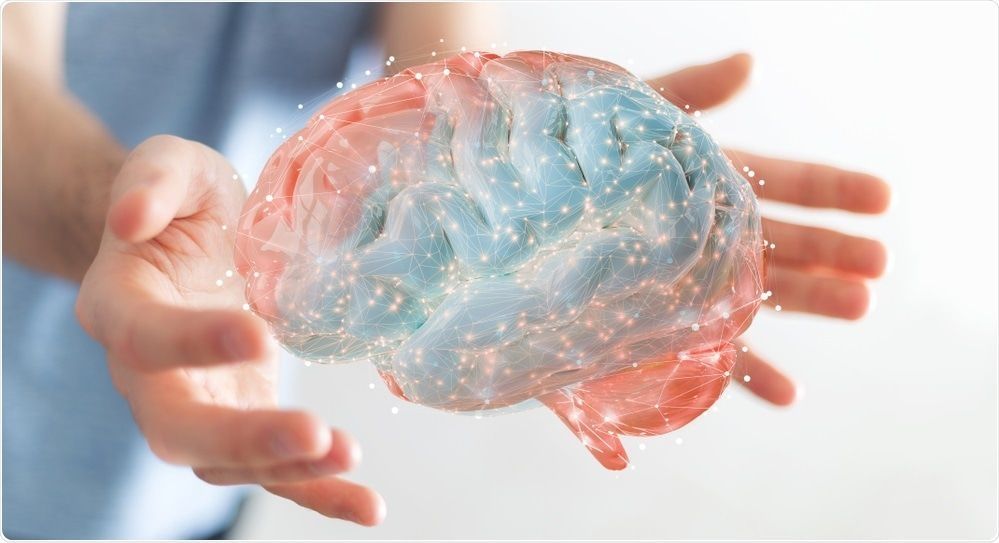
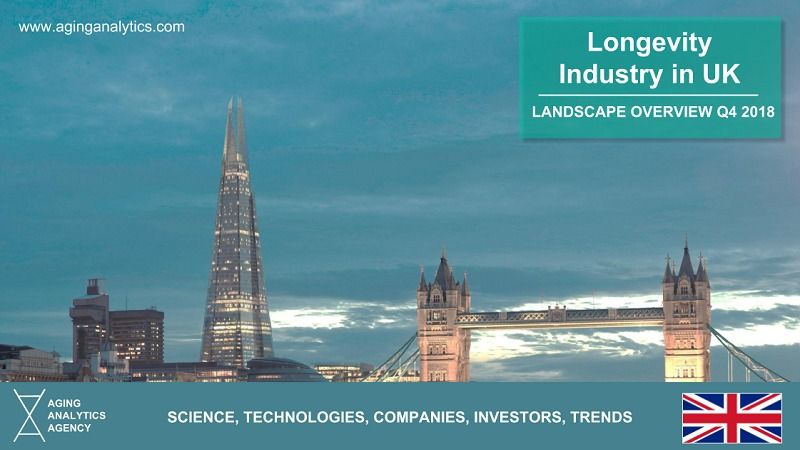
Longevity Industry Report – UK Edition
A consortium of groups has come together with the painstaking task of charting the longevity industry, such as its companies, journalists, thought leaders, investors, and recent developments. The Longevity Industry in UK Landscape Overview 2018 report covers a great amount of ground and is well worth a read for people who are interested in this rapidly evolving scientific field.
This particular edition, which spans an impressive 1000+ pages, is focused on the United Kingdom; there will be additional reports covering Switzerland, Japan, Hong Kong, and California, and there will also be a more general global industry report in its second edition.
Interest in longevity has been increasing for some years, and we are at last seeing a true industry starting to bloom as more and more companies, researchers, and investors step into the ring. Companies such as Unity Biotechnology taking senescent cell-clearing therapies to human trials, deep learning approaches being applied to aging by companies such as Insilco Medicine, and Ichor Therapeutics’ development of age-related macular degeneration therapies have served to ignite the fires of enthusiasm and have brought ever-increasing funding and interest into this field.

Abcam Moves to New Purpose-Built Global Headquarters
CAMBRIDGE, England—(BUSINESS WIRE)—Feb 27, 2019—Abcam, a global innovator in life science reagents and tools, is pleased to announce its move to new state-of-the-art global headquarters, Discovery Drive, on the Cambridge Biomedical Campus (CBC), UK, a leading hub of healthcare, science and medical research.
This press release features multimedia. View the full release here: https://www.businesswire.com/news/home/20190227005291/en/

‘Baby Bio’ for brain cells trial halted despite Parkinson’s patients seeing ‘miracle’ results
Parkinson’s patients treated with a groundbreaking new therapy to regrow their brain cells have criticised a decision by regulators to stop trials as ‘sinful.’
In the biggest surgical trial ever for the disease, British patients had holes drilled into the heads and special ports implanted so that a naturally occurring protein could be infused directly into the brain over nine months.
Described as ‘Baby Bio’ for brain cells, the Glial Cell Line Derived Neurotrophic Factor (GDNF) encourages the growth of cells that produce dopamine, a crucial hormone needed for movement, which vanishes in Parkinson’s patients.
